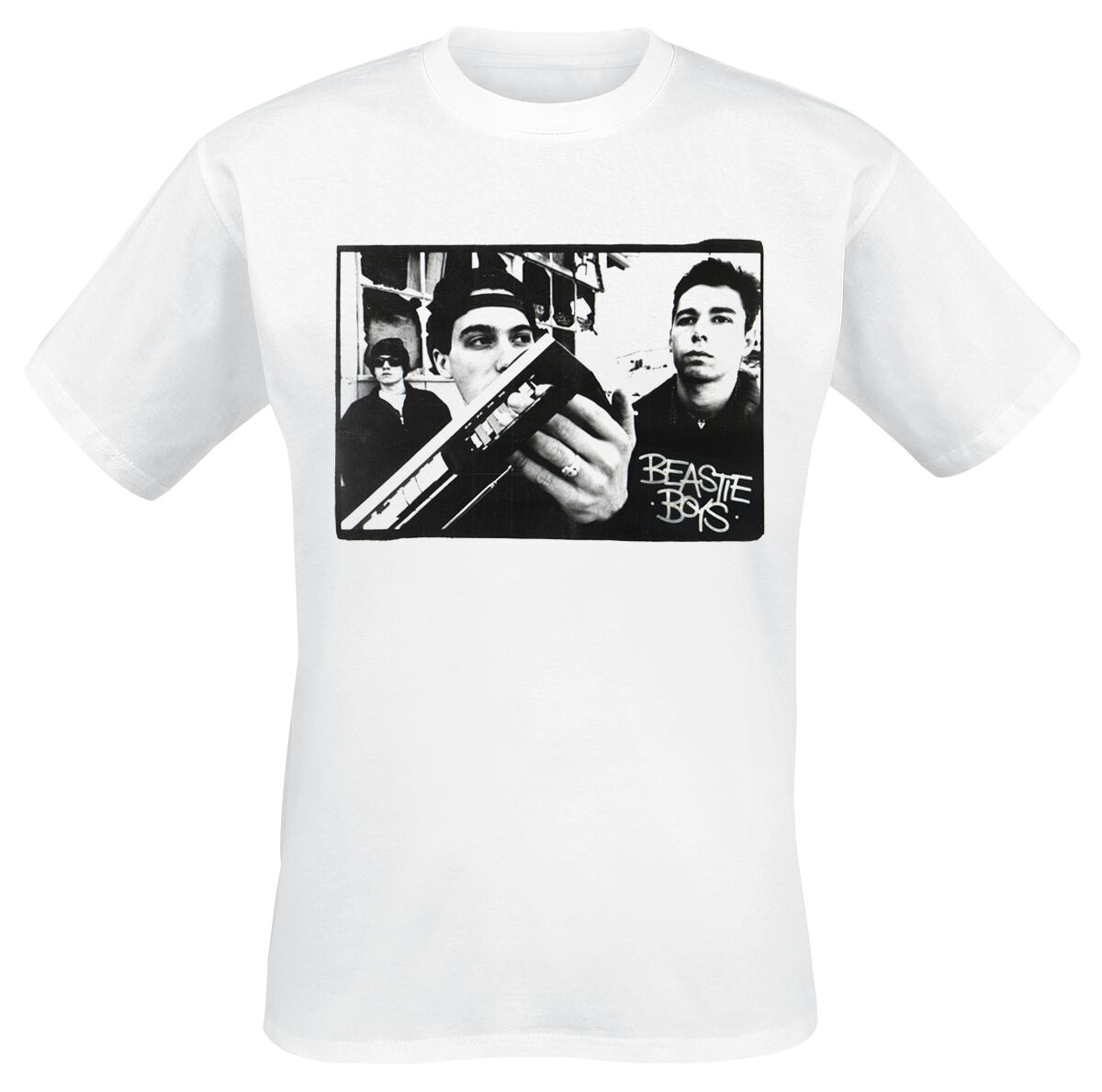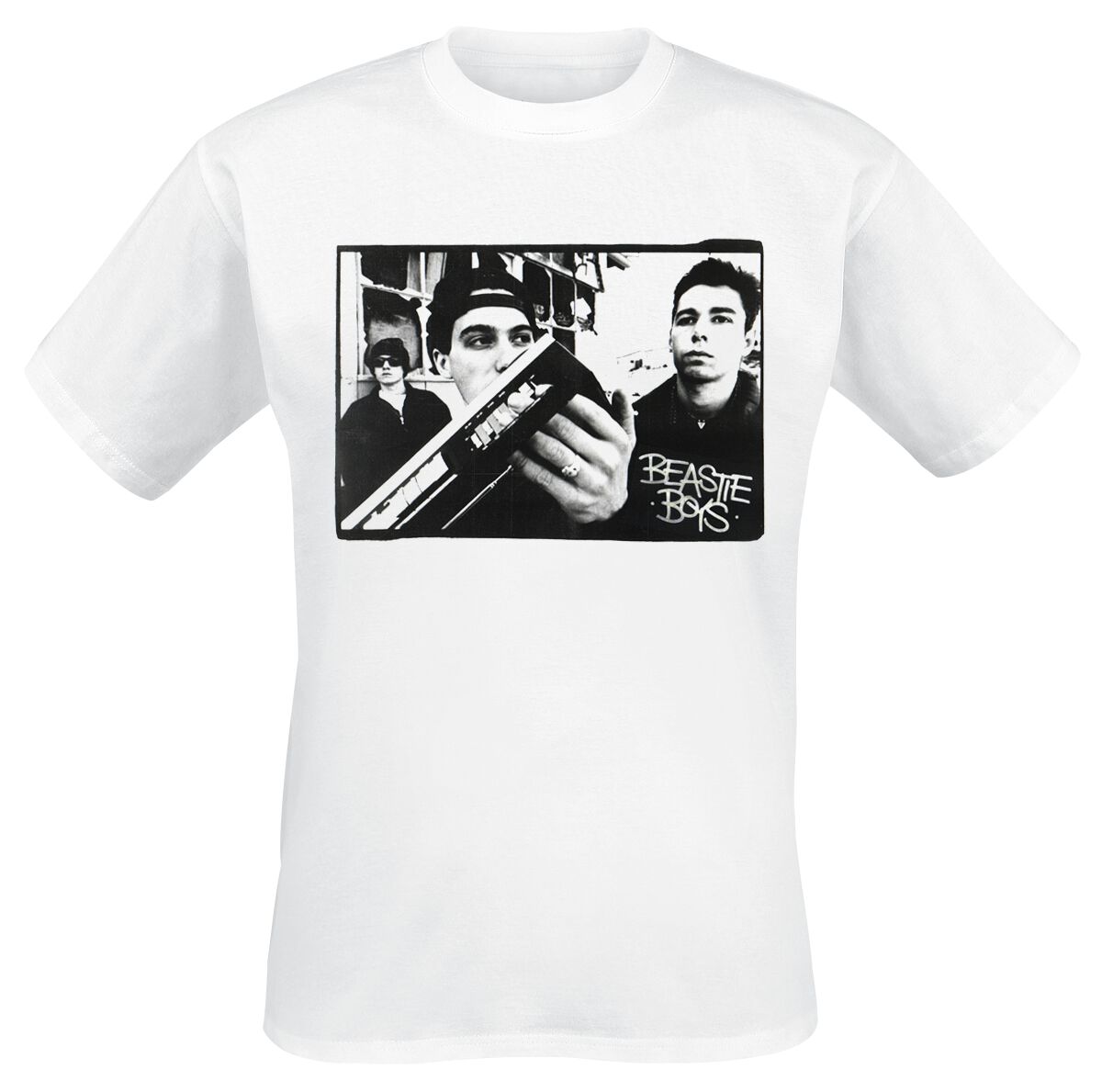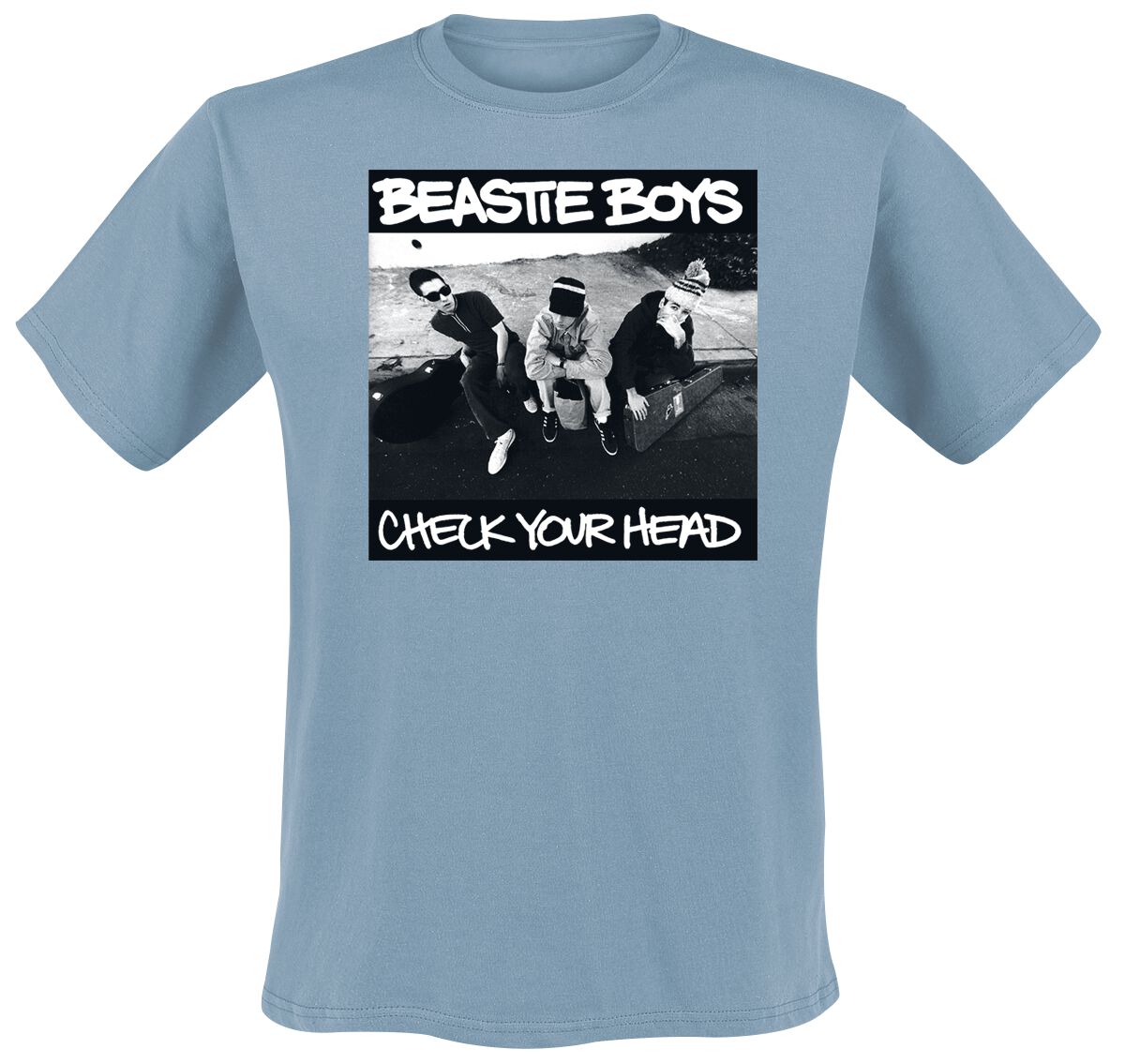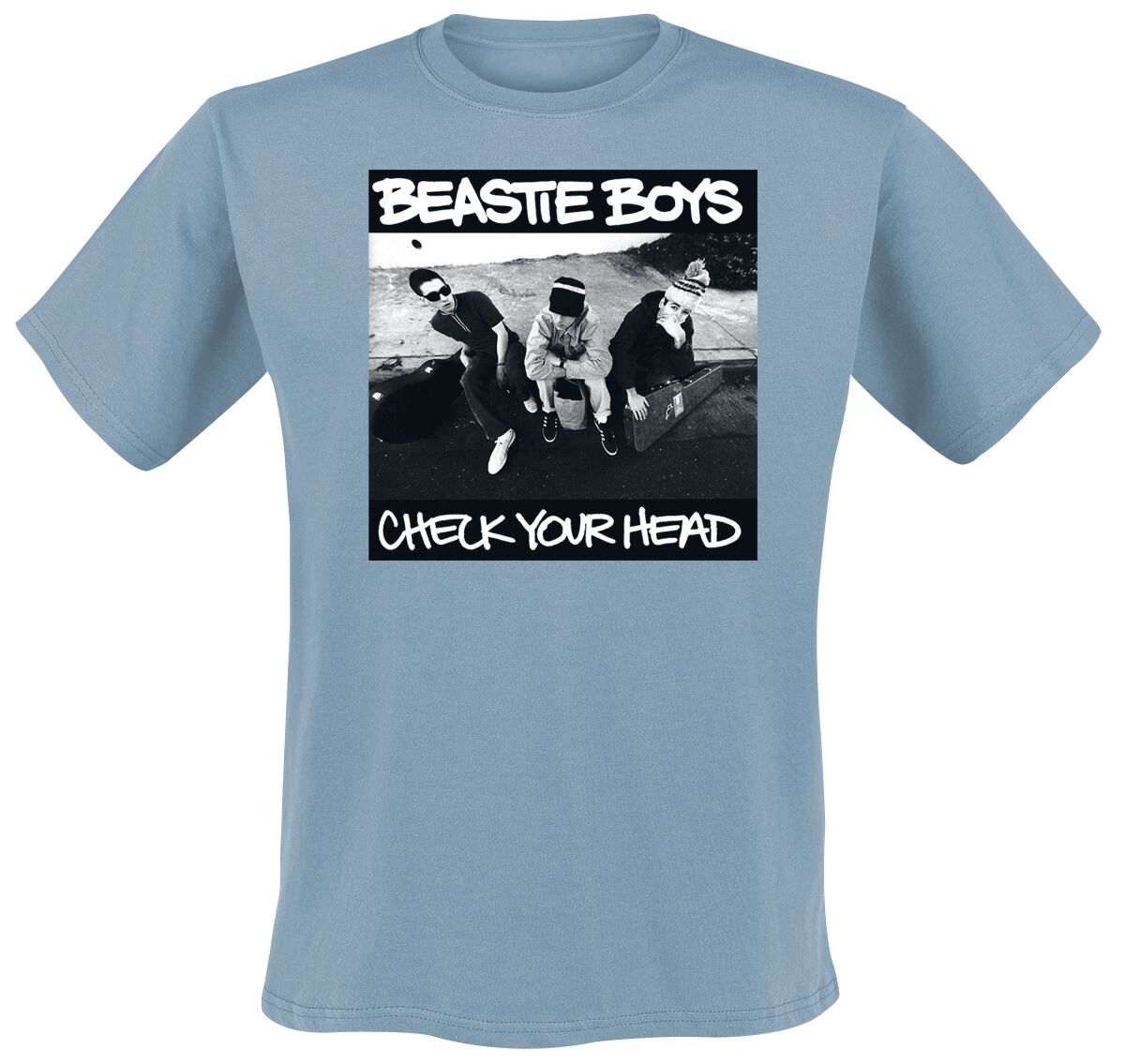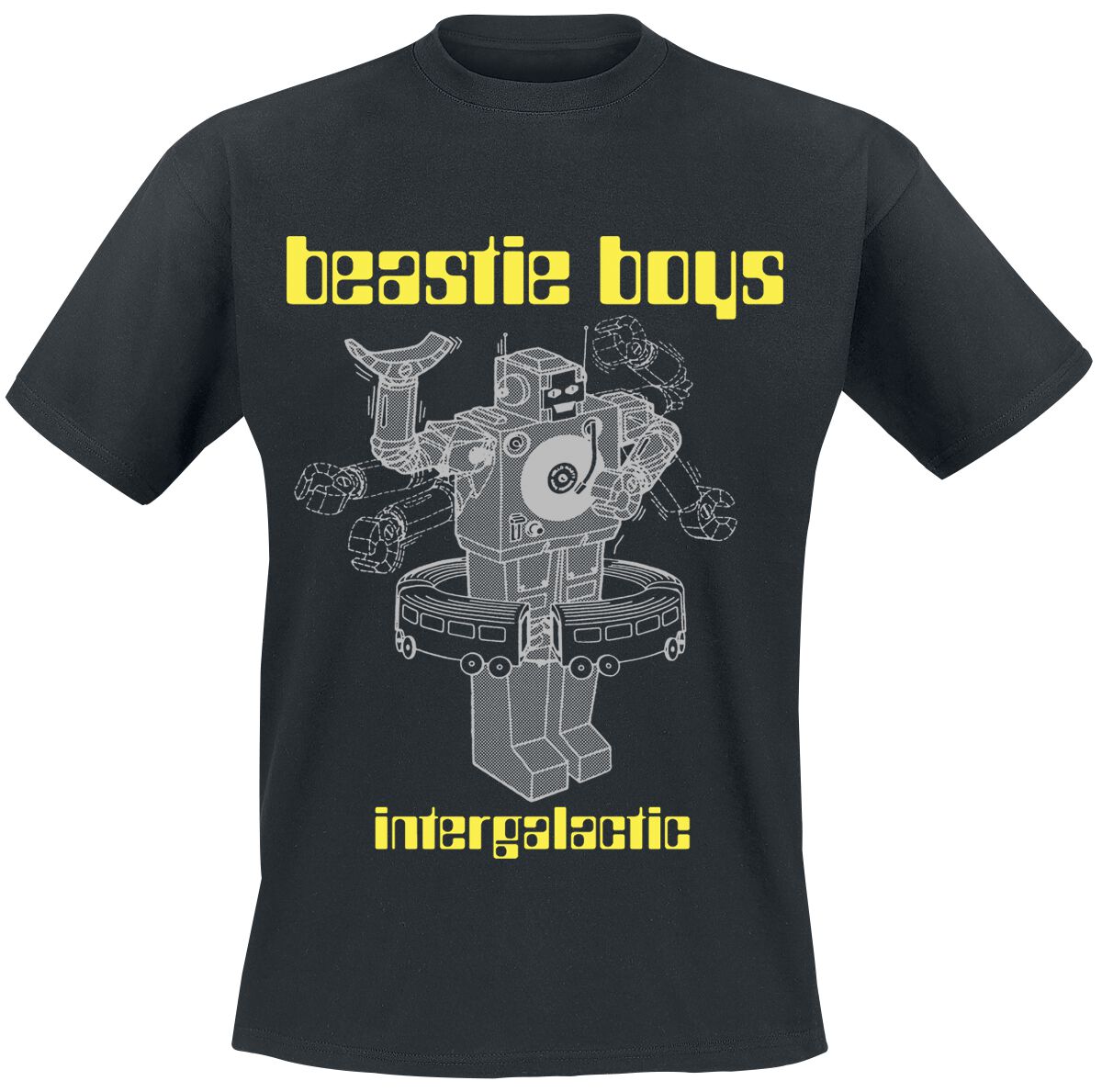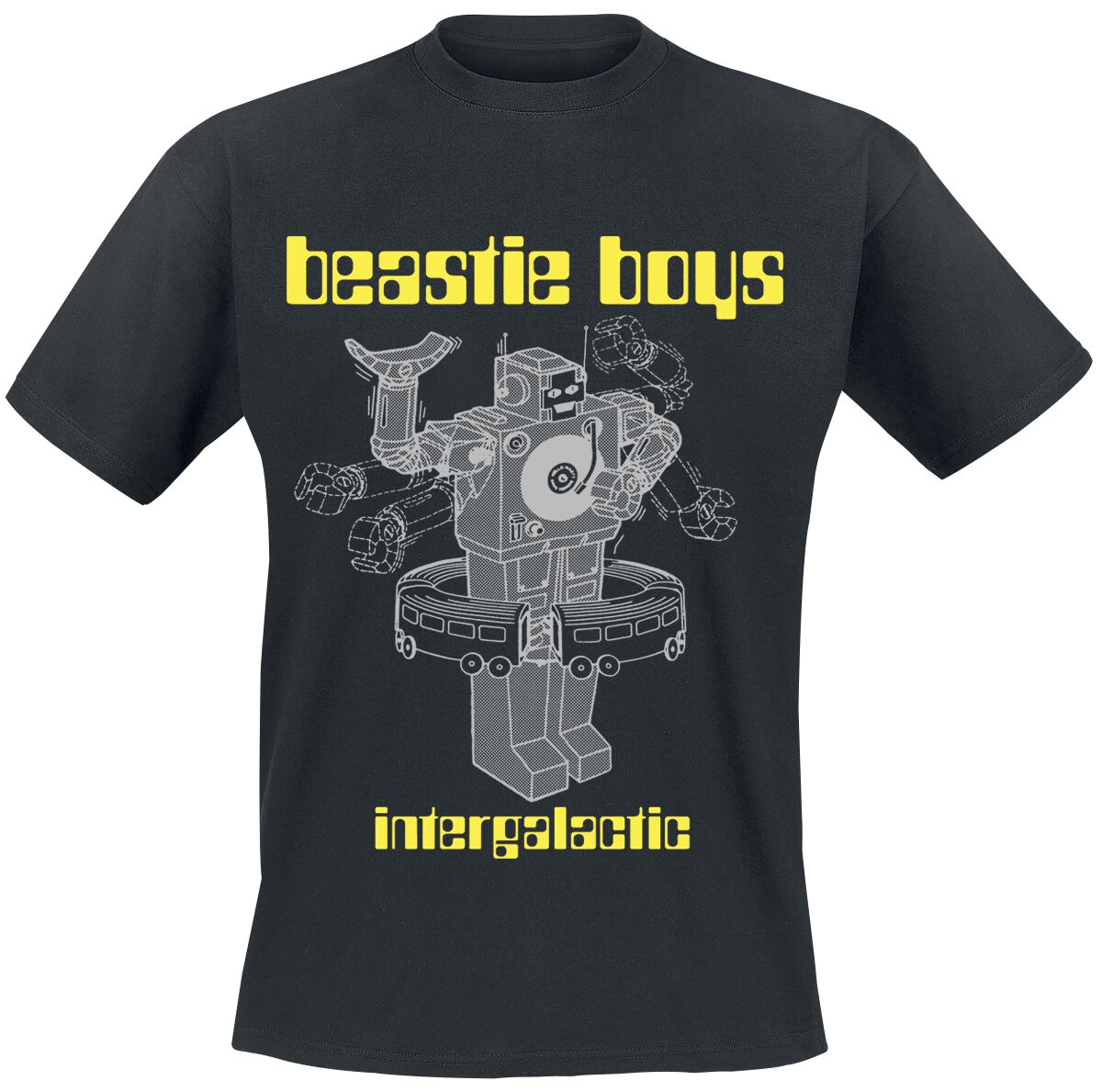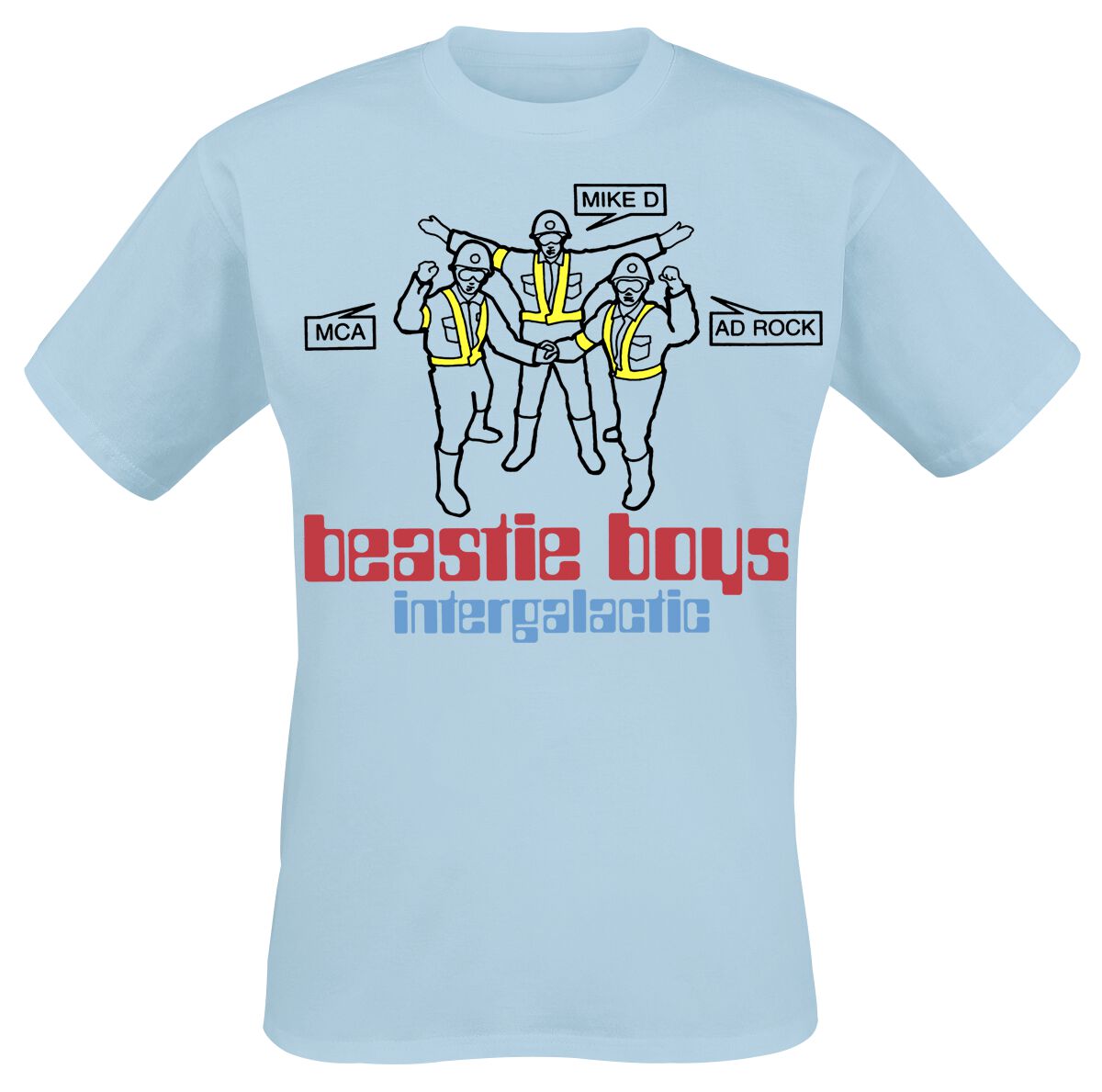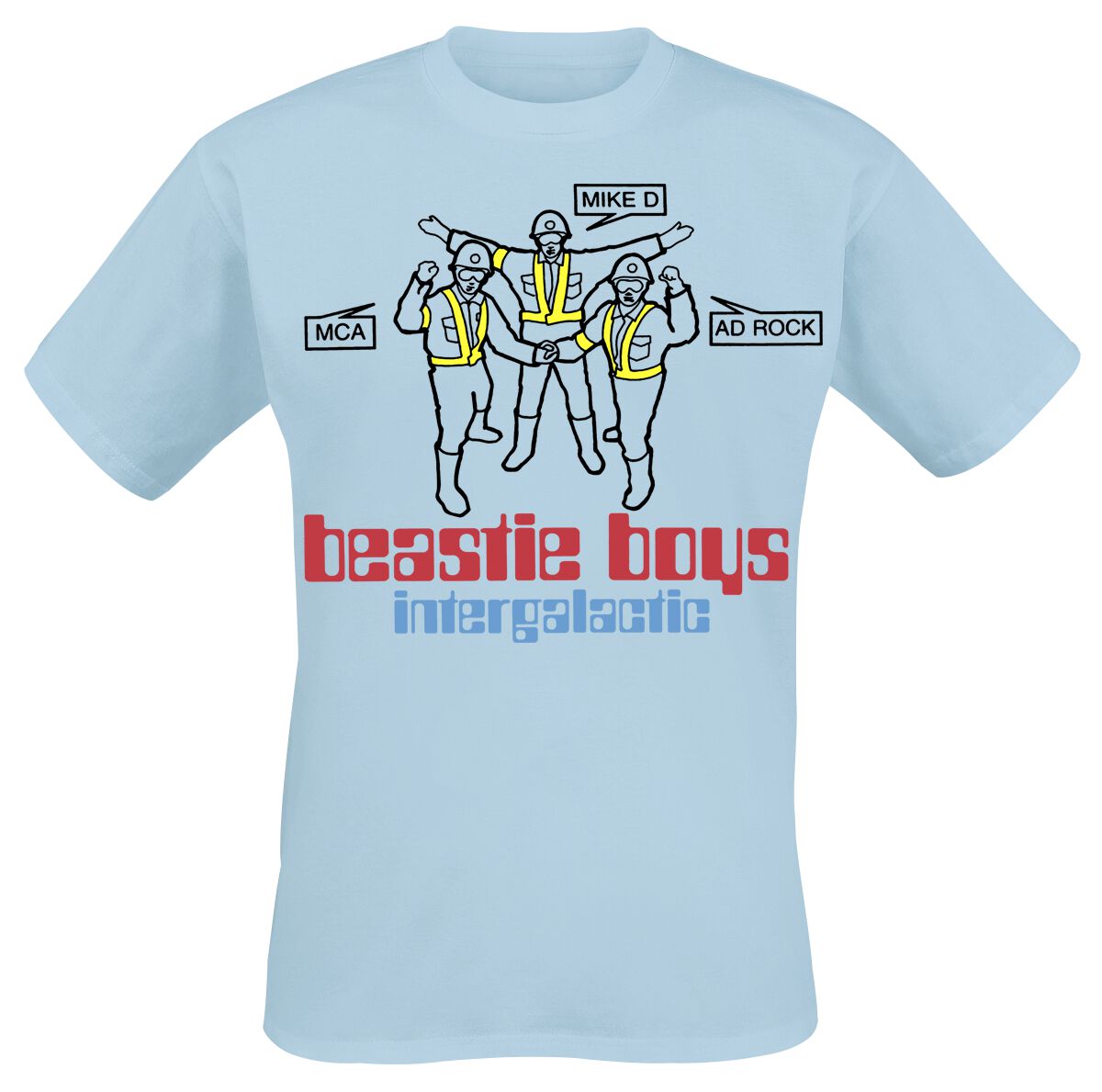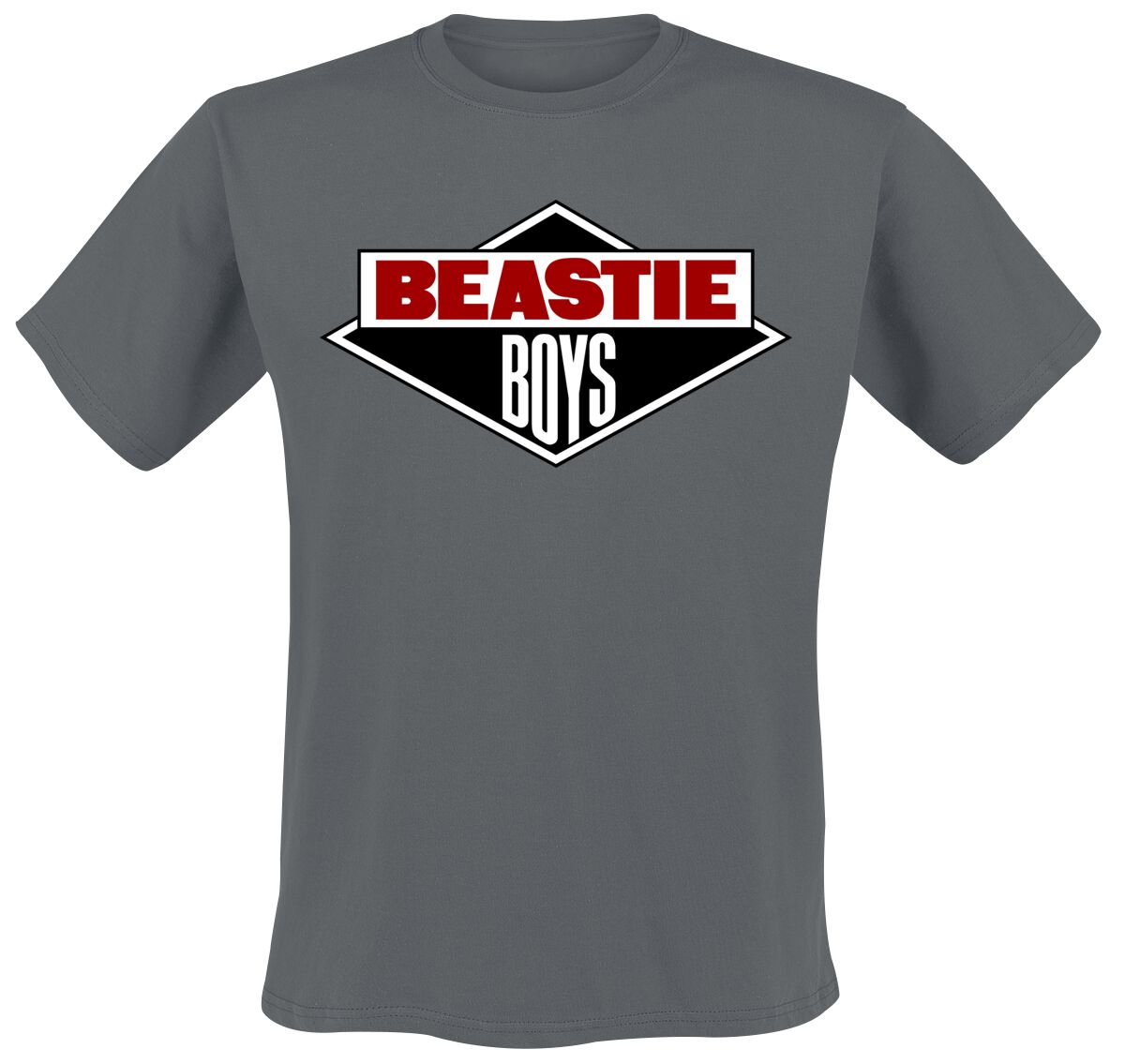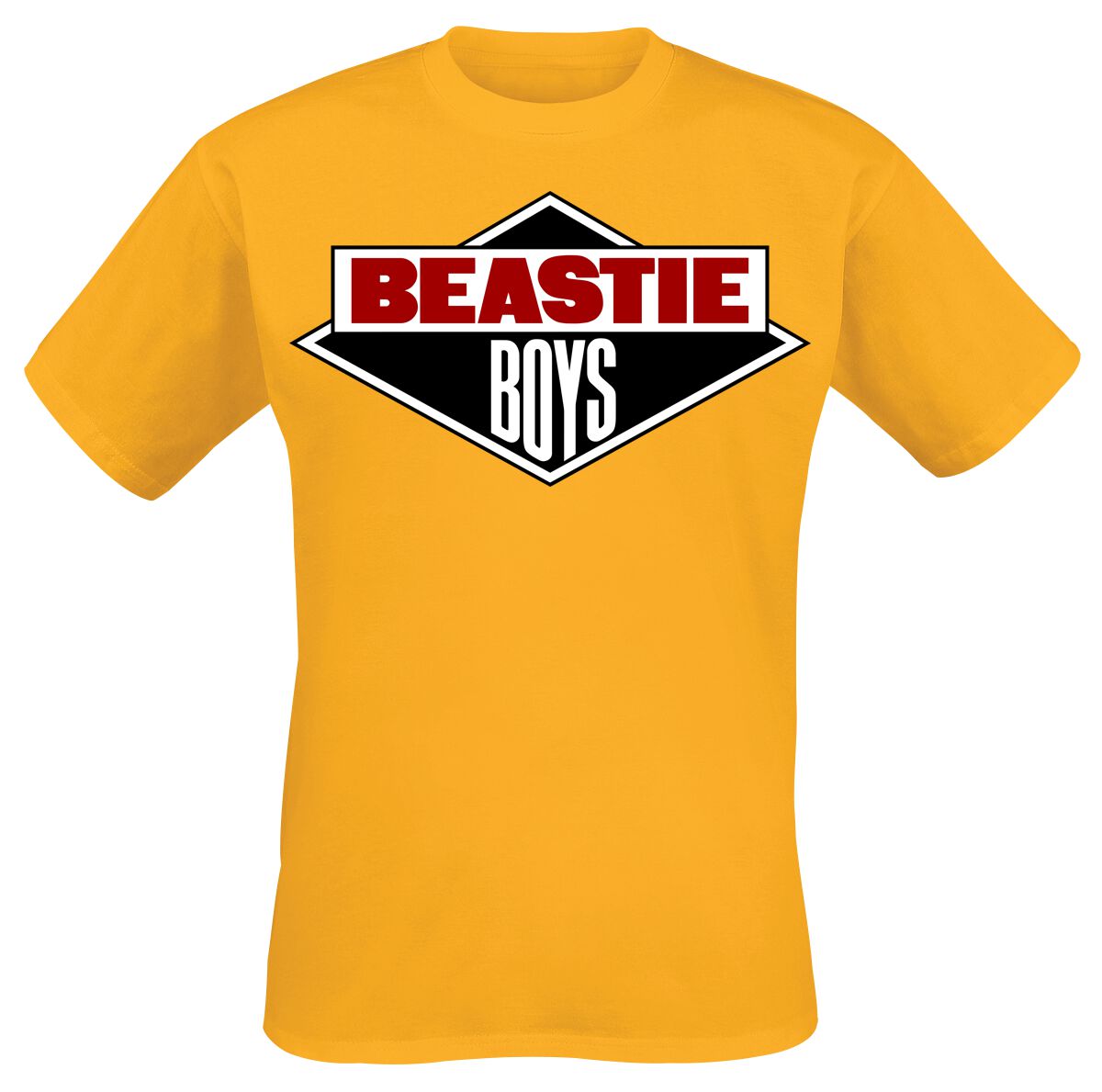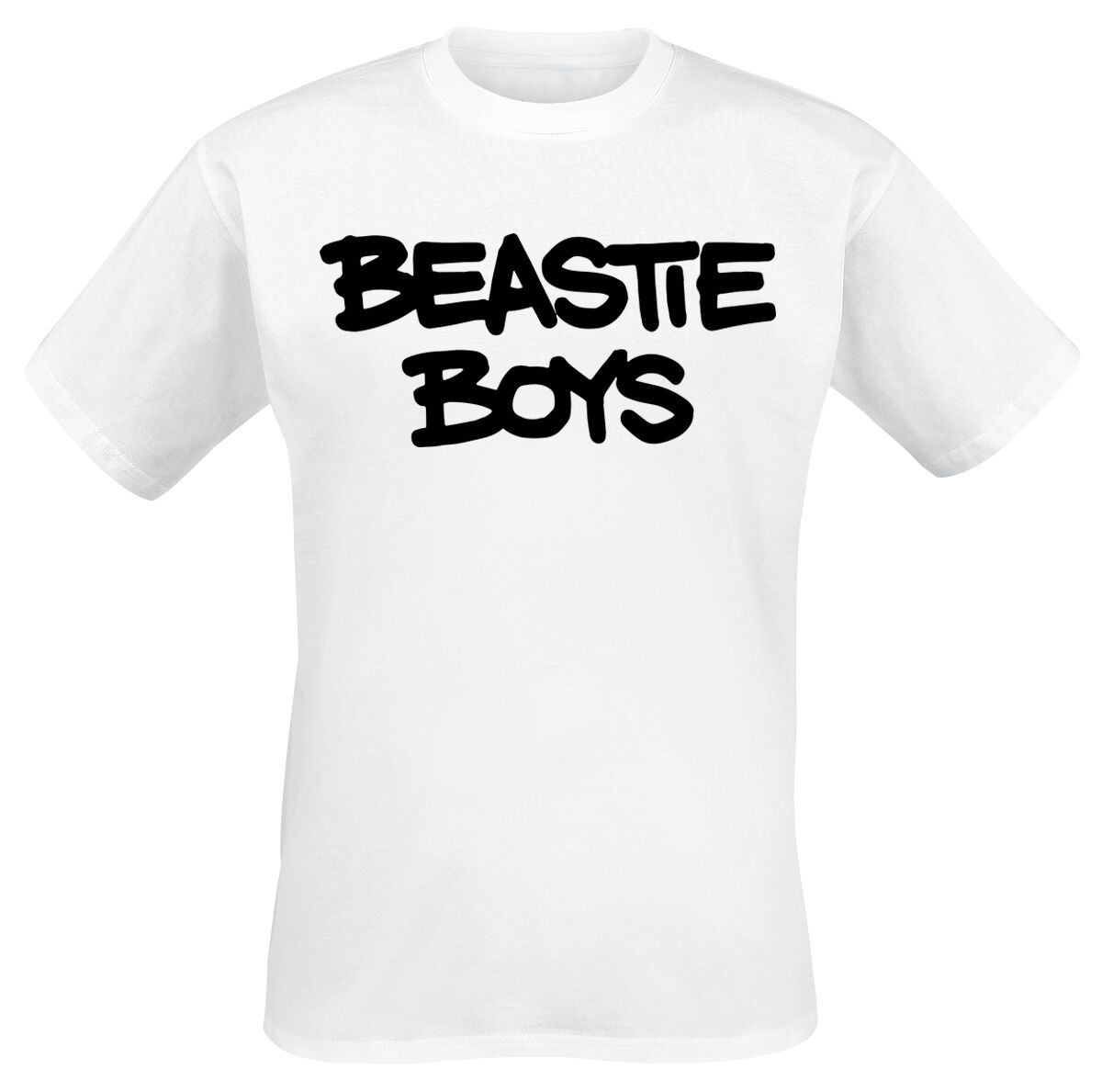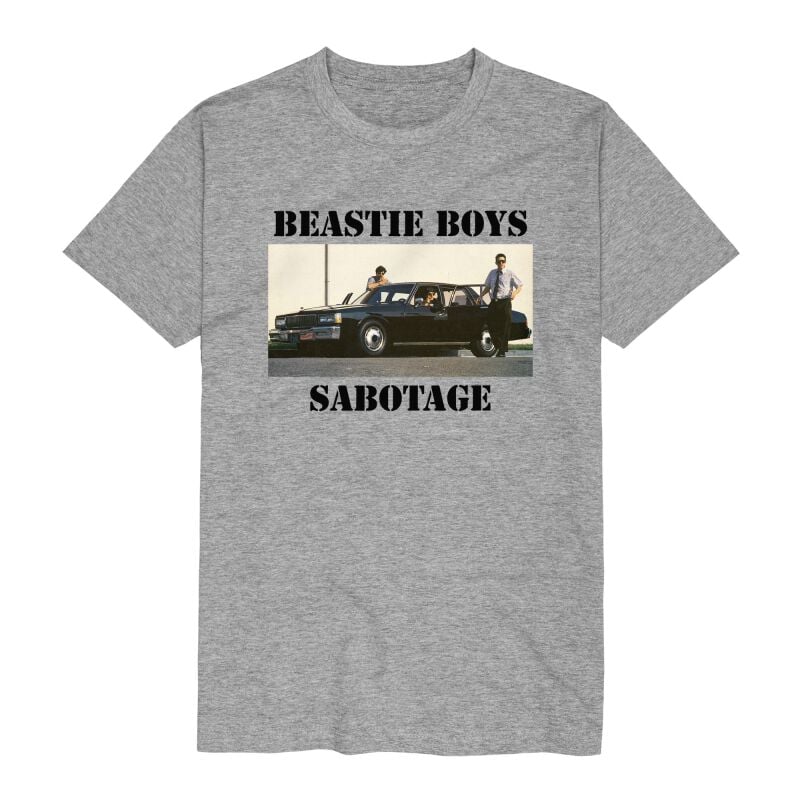The Beastie Boys, a truly groundbreaking trio from New York City, redefined the landscape of hip-hop and alternative music with their innovative sound, irreverent humour, and constantly evolving style. Far more than just a rap group, they pioneered genre bending long before it became a commonplace term, seamlessly fusing punk rock, funk, jazz, and electronic music into their distinctive blend. Their influence is still palpable today, with their music enjoying a consistent resurgence in trending conversations among both old and new fans.
The band’s genesis lies in the New York hardcore punk scene of 1981, initially formed by Michael “Mike D” Diamond (vocals, drums), Adam “MCA” Yauch (bass, vocals), John Berry (guitar), and Kate Schellenbach (drums). Their early releases, such as the Polly Wog Stew EP, were pure punk rock. However, a significant shift occurred in 1983 when Adam “Ad-Rock” Horovitz joined, replacing John Berry. They began experimenting with hip-hop, eventually fully transitioning and parting ways with Kate Schellenbach. This evolution marked the birth of the iconic trio we know today.
Their meteoric rise to fame began with their debut album, Licensed to Ill, released in 1986 on the burgeoning Def Jam Records label, co-founded by Rick Rubin. This album was a commercial juggernaut, becoming the first rap album to top the Billboard 200 chart. Tracks like “(You Gotta) Fight for Your Right (to Party!)” captured the zeitgeist of rebellious youth culture, while “No Sleep Till Brooklyn” showcased their ability to blend rap and rock with a swagger previously unseen. Despite its massive success, the Beastie Boys quickly shed the “frat-boy” image that the album inadvertently created, seeking to express a broader range of artistic interests.
incorporating live funk and jazz elements. Ill Communication (1994) brought us the iconic, Spike Jonze-directed music video for “Sabotage,” a parody of 1970s cop dramas that became an MTV staple. Hello Nasty (1998) featured the hugely popular single “Intergalactic” and continued their electronic experimentation, even featuring turntable wizard Mix Master Mike. Their later works, To the 5 Boroughs (2004) and Hot Sauce Committee Part Two (2011), saw them return to a more traditional boom-bap hip-hop sound, proving their versatility until their eventual disbandment.
Beyond their groundbreaking music, the Beastie Boys were known for several compelling aspects. They founded Grand Royal Records in 1992, an independent label that released music by diverse artists and showcased their eclectic tastes. Their humanitarian efforts, particularly Adam “MCA” Yauch’s instrumental role in organising the Tibetan Freedom Concerts, highlighted their commitment to social causes and raised awareness for the plight of the Tibetan people. Their distinctive sense of style, blending hip-hop fashion with skate culture and vintage cool, also made them style icons. The tragic passing of Adam “MCA” Yauch in 2012 after a battle with cancer marked the end of the Beastie Boys as a performing and recording entity, a decision the remaining members Mike D and Ad-Rock made out of respect for MCA’s wishes. Their legacy, however, continues to inspire artists and resonate with fans, solidifying their place as one of the most inventive and influential groups in music history.

